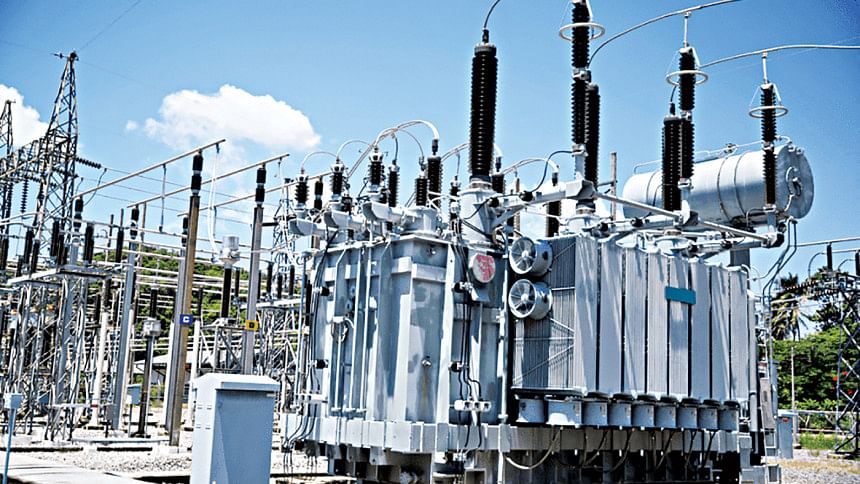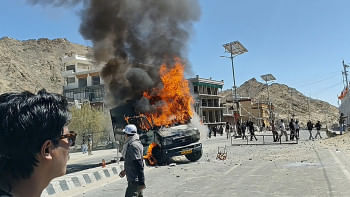Power grid failure: Result of neglect, lessons not learnt

Experts blame poor electricity transmission equipment, the lack of a smart grid, and the ill-equipped National Load Dispatch Centre for Tuesday's national grid failure that caused power blackouts in half the country.
The risk of such failures will persist if the problems are not addressed, they added.
According to data from the Power Grid Company of Bangladesh (PGCB), 71 incidents of power interruptions were reported due to problems in the transmission lines from fiscal year 2016-17 to 2020-21.
Officials said Tuesday's outage happened when a substation in Ghorashal tripped.
It happened when the demand for electricity suddenly dropped, causing a power surge. This resulted in power stations tripping one after another.
"This would not have happened if there was a smart grid," said prominent energy expert Prof M Tamim.
In a smart grid, the engineers would have instantly noticed the fall in demand and adjusted electricity generation accordingly, he said.
The government had not made enough investment to make use of digital technology in the national grid, he said.
A lot of money has been spent over the last three fiscal years to set up new power transmission lines. But the existing lines should have been modernised.
According to PGCB data, from fiscal year 2017-18 to 2021-22, the 400kV lines increased by 114 percent, the 230kV lines increased by 20 percent and 132 kV lines increased by 17 percent.
As of June 2022, the PGCB had 1,494 km of 400kV line, 4,018 km of 230kV line and 8,186 km of 132kV line.
But the capacity of substations that transform voltages has not increased accordingly, said a PGCB official requesting anonymity.
The National Load Dispatch Centre (NLDC) regulates the generation, transmission, and distribution of electricity.
But the NLDC's job is mostly done over phone calls from the power stations and distributors, Energy expert Prof M Shamsul Alam told The Daily Star.
"This creates risks of failure. If there was an automated system, the NLDC technicians would have been able to see voltage and frequency real time."
PGCB Managing Director Golam Kibria could not be reached for comment.
In 2017, the PGCB began a project to integrate power generators to the NLDC's SCADA-EMS system, which is supposed to be completed by 2024, said an official.
MINISTRY YET TO FORM PROBE COMMITTEE
The power ministry was yet to form the probe committees that State Minister Nasrul Hamid said would be formed to find out the exact cause of Tuesday's grid failure.
Meanwhile, a committee formed by the PGCB with its Executive Director Yeakub Elahi Chowdhury as the chief has started an investigation.
The six-member committee yesterday visited the control room and examined the equipment at the Ghorashal power plant in Narsingdi and then went to Ashuganj Power Station in Brahmanbaria, reports our correspondent in Narsingdi.
Yeakub Elahi Chowdhury told reporters in Narsingdi that the exact cause of the failure will be found once the control rooms of all the affected power stations are examined.
He added that no major problems were identified in Ghorashal.
Mohammad Hossain, the director general of Power Cell under the power division, told The Daily Star that in primary investigation, it seemed that the source of the problem was at one of the substations in Ghorashal.
Gonotantro Mancha, an alliance of different political parties, in a statement yesterday said the grid failure was a result of the government's inefficiency in management and lack of willingness to reform the system.

 For all latest news, follow The Daily Star's Google News channel.
For all latest news, follow The Daily Star's Google News channel. 








Comments